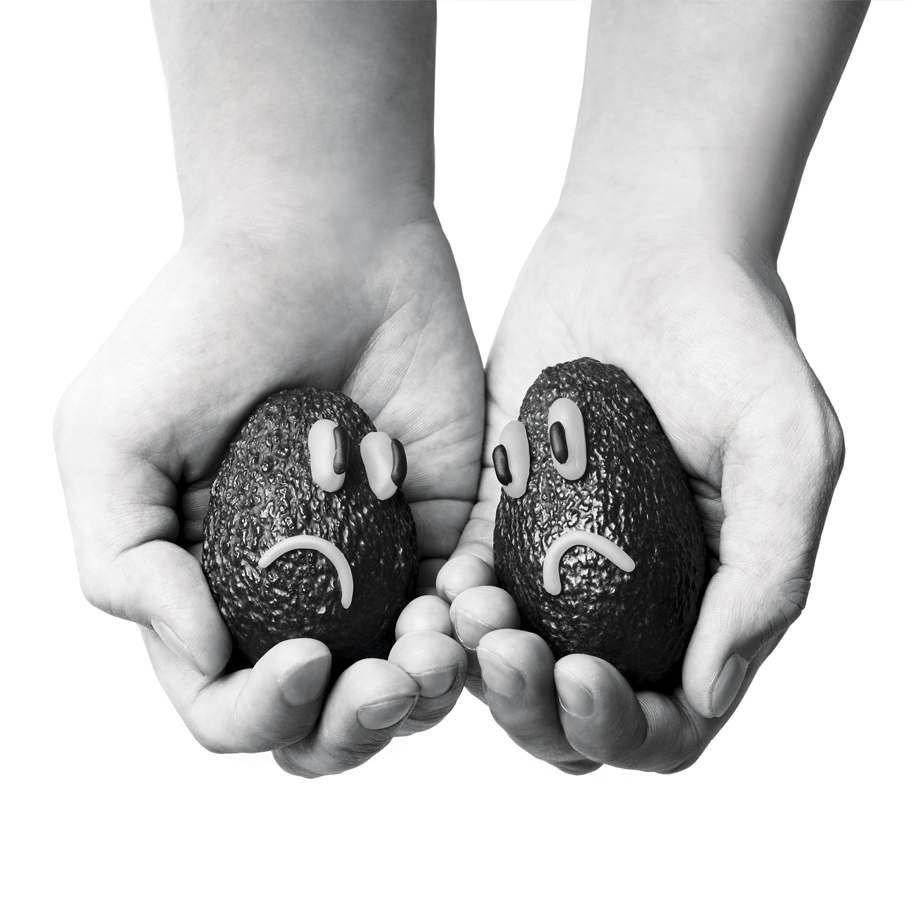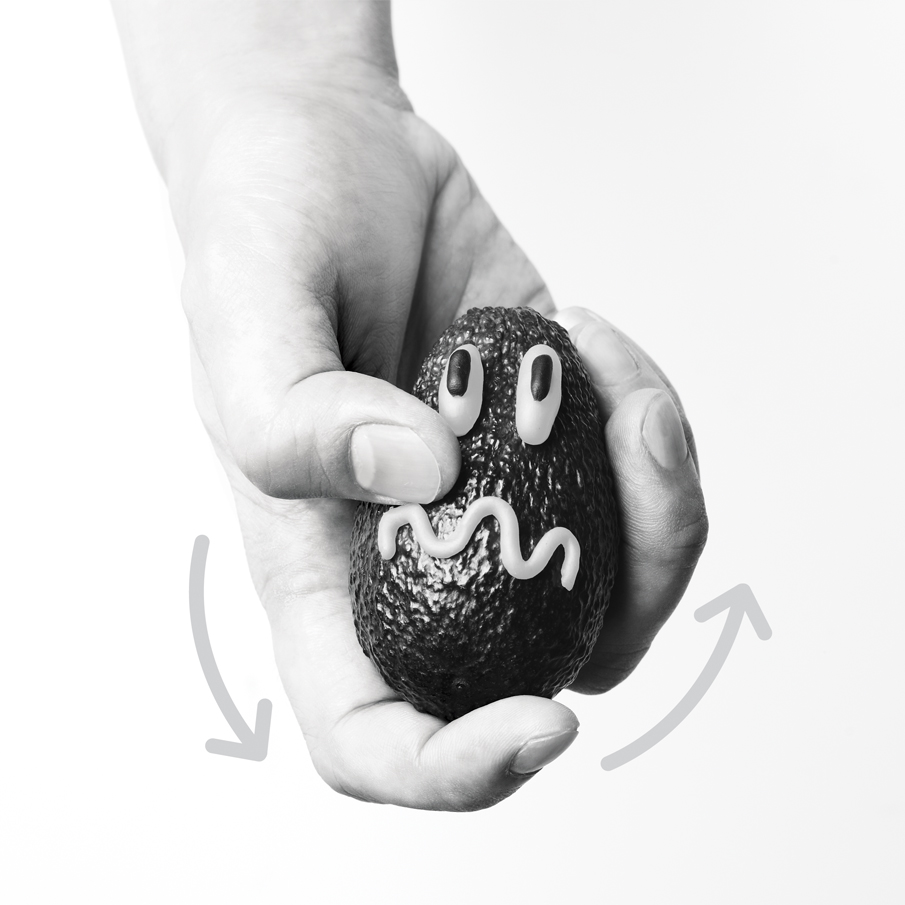1. Identifying testicular cancer

2. It is best to do a self-examination after a warm bath or shower.

3. Stand in front of a mirror with testicles in hands.

4. It is normal if one testicle is larger than the other.

5. Roll testicle with thumb and index finger, feeling for lumps.

6. Symptoms of prostate cancer include blood in urine and/or semen, trouble urinating, decreased force of urine stream, swelling in legs, and bone pain.

Photographs by Blink Studio.